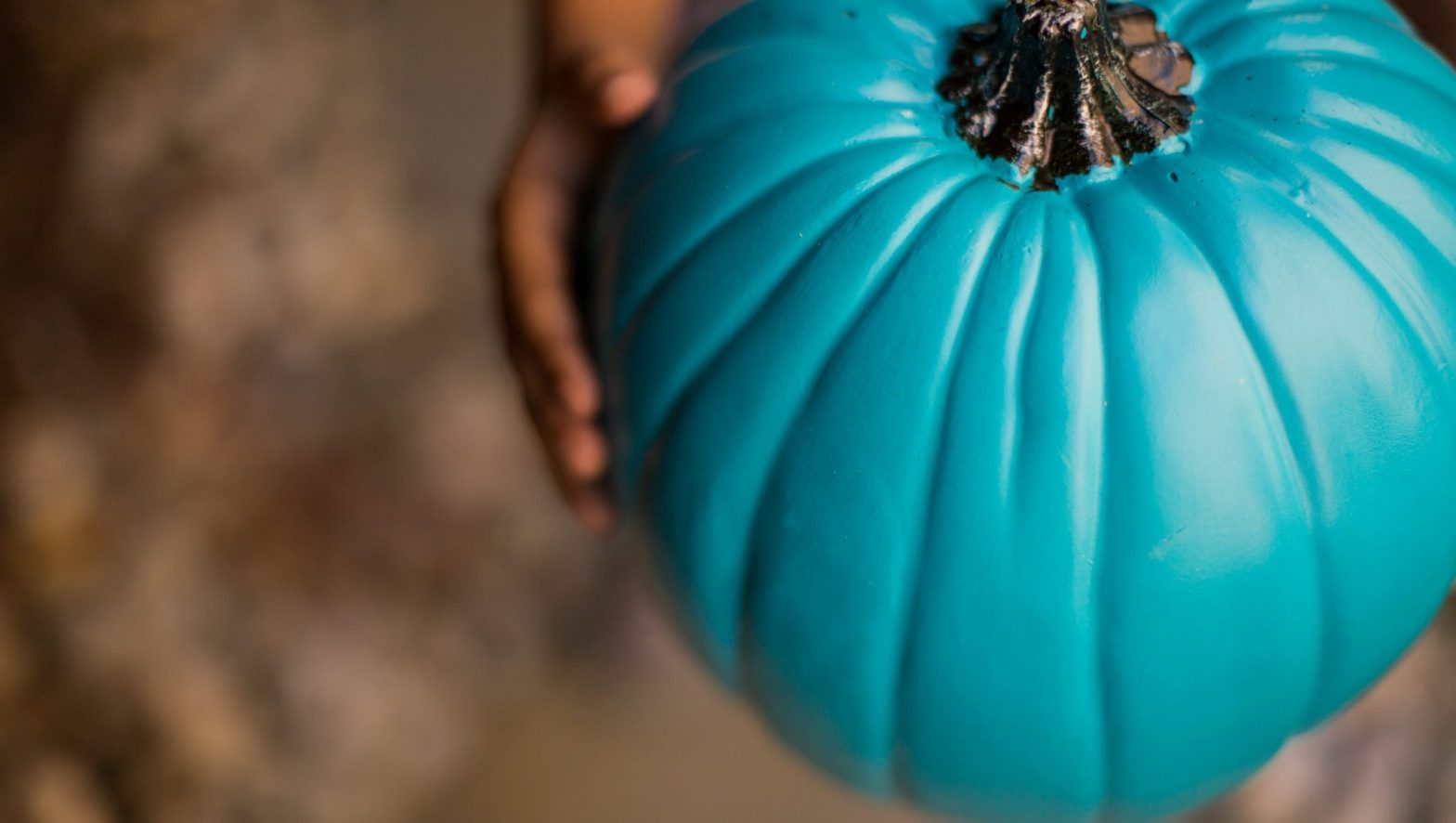Teal Pumpkin Project & Why You Should Participate

The Teal Pumpkin Project started in 2012, a food allergy support group director ifrom Tennessee had the idea to paint a pumpkin teal, the color of food allergy awareness, and hand out non-food items. What she didn’t realize was that her teal pumpkin would become a nationwide symbol for Halloween food-allergy awareness. In fact, it’s even taken off in Canada and Britain.
The Teal Pumpkin Project is a simple way to make trick-or-treating safer and more inclusive for the one in 13 children living with food allergies, and many others impacted by intolerances and other conditions.
In our community, trick-or-treating may not be as common, but community activities such as Candy in the Valley, Hallelujah Parties, etc. are places that can put kids in danger if not aware of a simple allergen in the candy and treats they are receiving from activities. One way you can participate in keeping our local youth safe is offering allergy-safe treats or non-food items this Halloween season, whether as a business in our community or an individual home offering treats.
Although nearly any food can trigger an allergic reaction, there are nine foods that cause the majority of reactions:
- Milk
- Egg
- Peanut
- Soy
- Wheat
- Tree Nut
- Shellfish
- Fish
- Sesame
Important candy facts to keep your trick-or-treaters safe:
- Candy Corn often contains egg white. If listed free from egg, make sure you are not substituting one allergen for another. Candy corn can also be made with sesame oil, which does not have to be included on the label until January 1, 2023. If you have a sesame allergy, make sure to contact the manufacturer for clarification.
- Mini or ‘Fun Size’ Candy may have different ingredients than its larger counterparts. Be sure to double-check the ingredients on mini candies to confirm they are safe.
- Just because a candy was safe last year does not mean that it will be safe this year. Manufacturers can change ingredients, so it is safest to read the labels every time.
- If you cannot clearly identify the product with certainty, if may be best to toss it, or trade for a safer alternative.
- Licorice candy typically contains wheat as a binding ingredient. If you have a wheat allergy, make sure to check the labels.
- While the top 9 allergens account for over 90% of reactions, there are over 200 reported allergens, and because of this, there is no such thing as “allergy-free” candy.
- Dark chocolate often contains traces of milk, and while this may not affect someone with lactose intolerance, it is considered unsafe for those with a milk allergy.
While preparing for you holiday celebrations, whether child trick-or-treating at your workplace or to your home, consider participating in keeping our local children safe and healthy by offering allergen-free candy or non-food treats.
FARE, the world’s leading non-governmental organization engaged in food allergy advocacy and largest private funder of food allergy research, has a number of great resources to help you learn as you become aware of safe alternatives.
Ideas for Non-food Treats
Free Teal Pumpkin Project Resources


